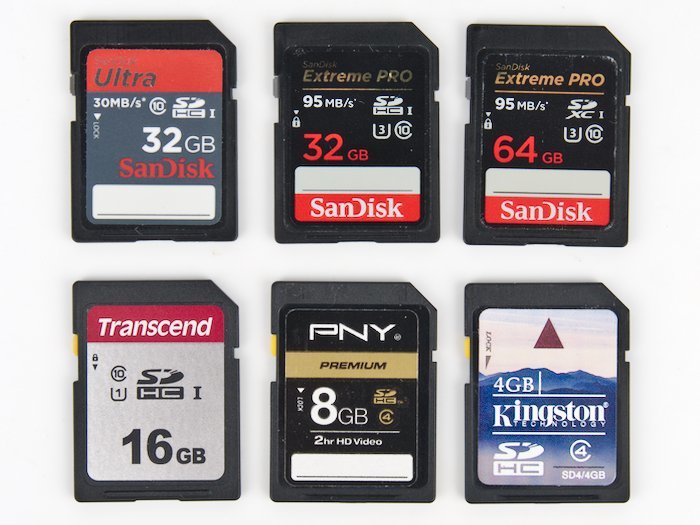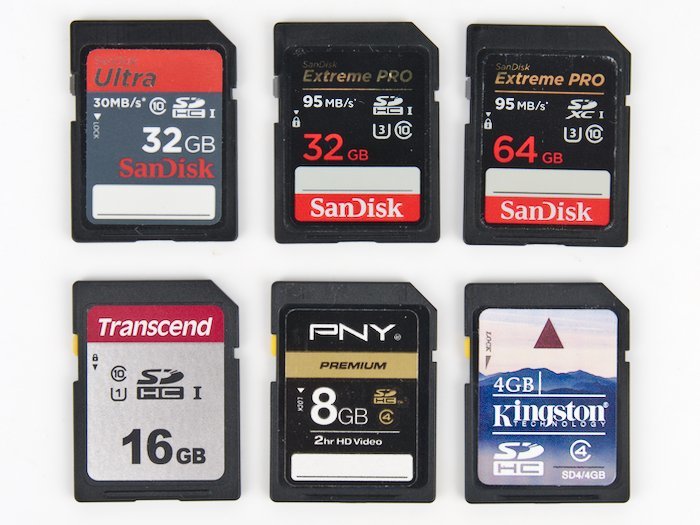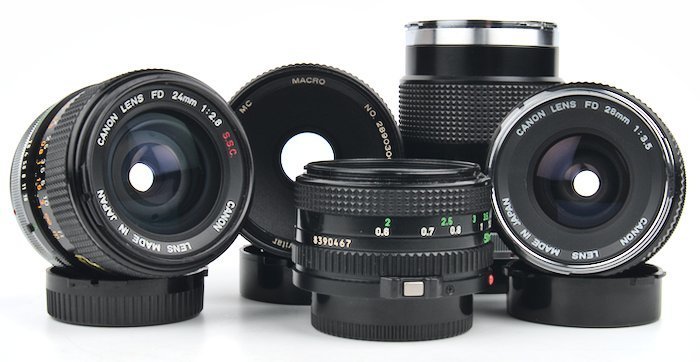How to Load Film into the Canon FT QL
- Nathaniel Stephan
- Canon ft ql
- October 25, 2022
Table of Contents
This guide will show you how to load film into your Canon FT QL and how to make sure the camera is functioning properly. If this is your first time using your Canon FT QL, make sure to read through the before you load film section.
Before You Load Film
Check the Battery

Affiliate Advertising Disclosure
Outside the Shot is a participant in the Amazon Services LLC Associates Program, an affiliate advertising program designed to provide a means for sites to earn advertising fees by advertising and linking to Amazon.com.
As an eBay Partner, I may be compensated if you make a purchase. I also participate in affiliate advertising programs with KEH and Adorama. More can be found on the Affiliate Disclosure page.
The Canon FT QL has a mechanical shutter so it will work without a battery. However, a battery is required to use the built-in light meter.
The Canon FT QL uses a 625A battery, which can easily be found in stores and online. The battery cover was designed to be removed with a coin.
Make Sure There is No Film Loaded in the Camera
If there is any film left in the camera, it will be ruined if it is exposed to light.The Canon FT QL does not have a way to see if film is currently loaded in the camera.
To check if there is film in the camera, follow the same steps on how to rewind and remove film from the Canon FT QL. This is the same process you’ll follow once you’ve shot all the exposures on the film you’re loading.
Make Sure the Canon FT QL Functions Correctly
If your Canon FT QL has not been used in a long time or if it is your first time using the camera, check to make sure the camera is functioning correctly before loading film.
Make sure you are able to cock the shutter with the film advance lever and the shutter fires when you press the shutter release. There is a shutter release lock, so make sure the lock is pointing at the ‘A’.
Do Not Load Film in Sunlight
You can ruin your film by loading it in direct sunlight or bright light.
Bright light increases the risk of light piping. When this happens light is able to penetrate through the light seal on the 35mm film canister.
The film is not guaranteed to be completely ruined. You could end up with varying degrees of fogging.
Fogging can produce a range of undesirable outcomes such as a loss of contrast, blown out streaks, or a completely exposed frame. If this problem occurs it should subside with progressive frames.
For Best Results, Use Fresh Film
Film degrades in quality over time. It should also not be exposed to hot temperatures like those in a car on a sunny day or attic during summer.
Expired film can be used, but you are not guaranteed predictable performance.
For the best results, use a fresh pack of film that is not expired. My recommendations are:
Black & White
Color
Step-by-Step How to Load Film
Time needed: 1 minute.
How to load film into the Canon FT QL. For demonstration purposes I am using a roll of film that has been exposed.
Open the film door.
To open the film door on the Canon FT QL, flip out the small lever on the bottom of the camera and turn it counter-clockwise. Once the film door is open the lever can be turned back and folded down to its original position.

Pull the film rewind up.
Pull the film rewind knob up and leave it in the elevated position. This will allow you to load the 35mm film canister.

Load the 35mm film canister.
Load the film canister into the camera. Take note of the orientation of the film leader. The film leader is the half-width cutout at the start of the film roll.

Push the film rewind knob back down.
The rewind knob has prongs that fit into the film canister. This keeps the film canister in place and is used to rewind the film.
You may need to turn the film rewind knob a small amount to get the prongs to align correctly with the film canister.
Pull the film leader over to the film take-up spool.
With your left hand hold the film canister in place. With your right hand gently pull the film leader over to the take-up spool. The film leader goes in where the red mark is. Make sure the film perforations align with the white sprockets. They are there to keep the film correctly aligned.

Close the film door.
Carefully close the film door. The quick load mechanism will close when the film door is at a 90 degree angle to the body.

Advance the film and fire the shutter.
Advance the film and fire the shutter. Make sure the shutter release is not locked. If you cannot fire the shutter, turn the lock to the ‘A’ position.
Pay attention to the film rewind knob as it should turn when you are advancing the film. If it does not turn, the film is likely not loaded correctly.
Advance and fire the shutter until the frame counter is at 0.
The film needs to be advanced past what was exposed during the loading process. To do this you will need to cock and fire the shutter several times until the film counter is at 0.

Set the ISO (ASA) on the camera.
To set the ISO for the film you are using, pull up on the outer ring of the shutter speed dial. You can then rotate to select the correct ISO.

You’re ready to take photographs.
Congratulations! Your camera is now correctly loaded with film and ready to shoot.
Once you’ve shot the roll of film, check out this guide that will show you how to unload film from the Canon FT QL.
Where to develop film? You can do it at home, or send it off to a lab to be developed and scanned.
How to Know When a Roll of Film is Done?
The film roll is used up when you are no longer able to easily crank the film advance lever. This usually aligns with the number of exposures the roll contains that can be seen on the film counter. Most rolls of film will have either 24 or 36 exposures.
You should then rewind the film back into the 35mm canister. To do this, flip out the film rewind knob lever and press the film spool lock button on the bottom of the camera. You’ll then be able to rewind the film back into the canister.


